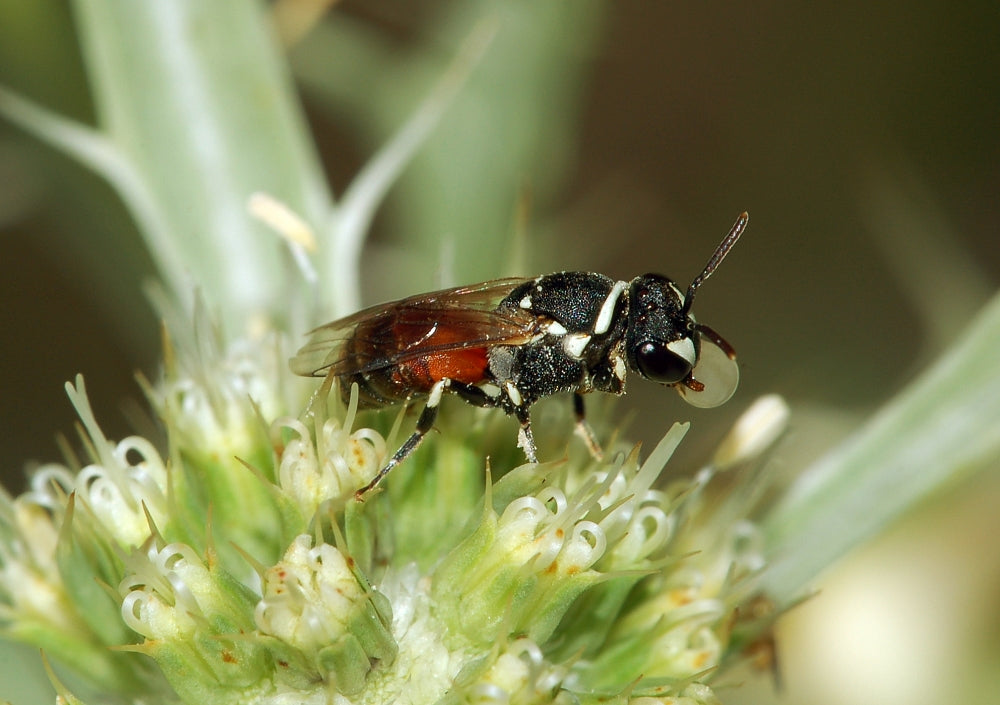THESE ARE NOT THE BEES YOU ARE LOOKING FOR

Recently we have seen reports that bees have been added to the Endangered Species list for the first time in history. After this announcement we began seeing alarms bells being raised all over social media. Posts featuring photos of honeybees with references to the endangered status are making the rounds. Well meaning people are genuinely concerned about the plight of the bees. Overall this is good. However, we must clarify which bees are endangered and which ones are not.
When you say "bee" most will immediately think of the cute fuzzy little honey bee, Apis mellifera, foraging for nectar and pollen. In North America we have very little exposure or understanding of wide range of bees that are not honey bees. In fact most will be shocked to know that the honey bee (A. mellifera) is not native to North America. All honey bees were imported by European settlers. Knowing the difference between honey bees and other native bee species is important.
The bees that have been placed on the Endangered List are seven species of native Hawaiian yellow-faced bees; Hylaeus anthracinus, Hylaeus longiceps, Hylaeus assimulans, Hylaeus facilis, Hylaeus hilaris, Hylaeus kuakea, and Hylaeus mana. The ramifications of this are wide reaching and something we should take note of. Our native bees are under duress as a result of human encroachment and poor practices. Native bees are able to pollinate a wider range of plants and crops than non-native honey bees.
Honey bees are an imported species that are essentially livestock. While they provide the foundation for large and broken agricultural system they are not the bees we are looking for. It is very important to understand the difference between our native bees and non-native bees. They deserve the spotlight too.
